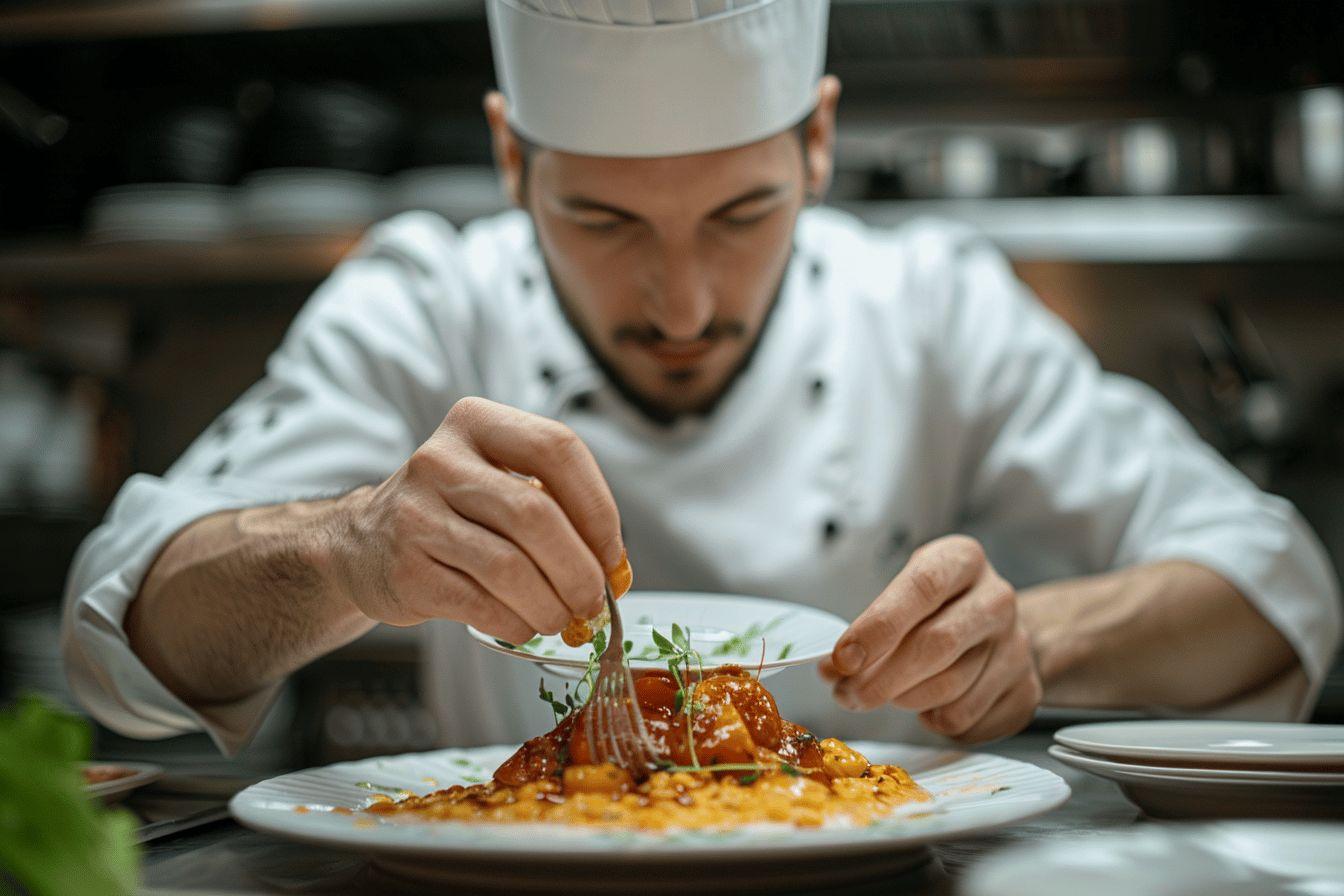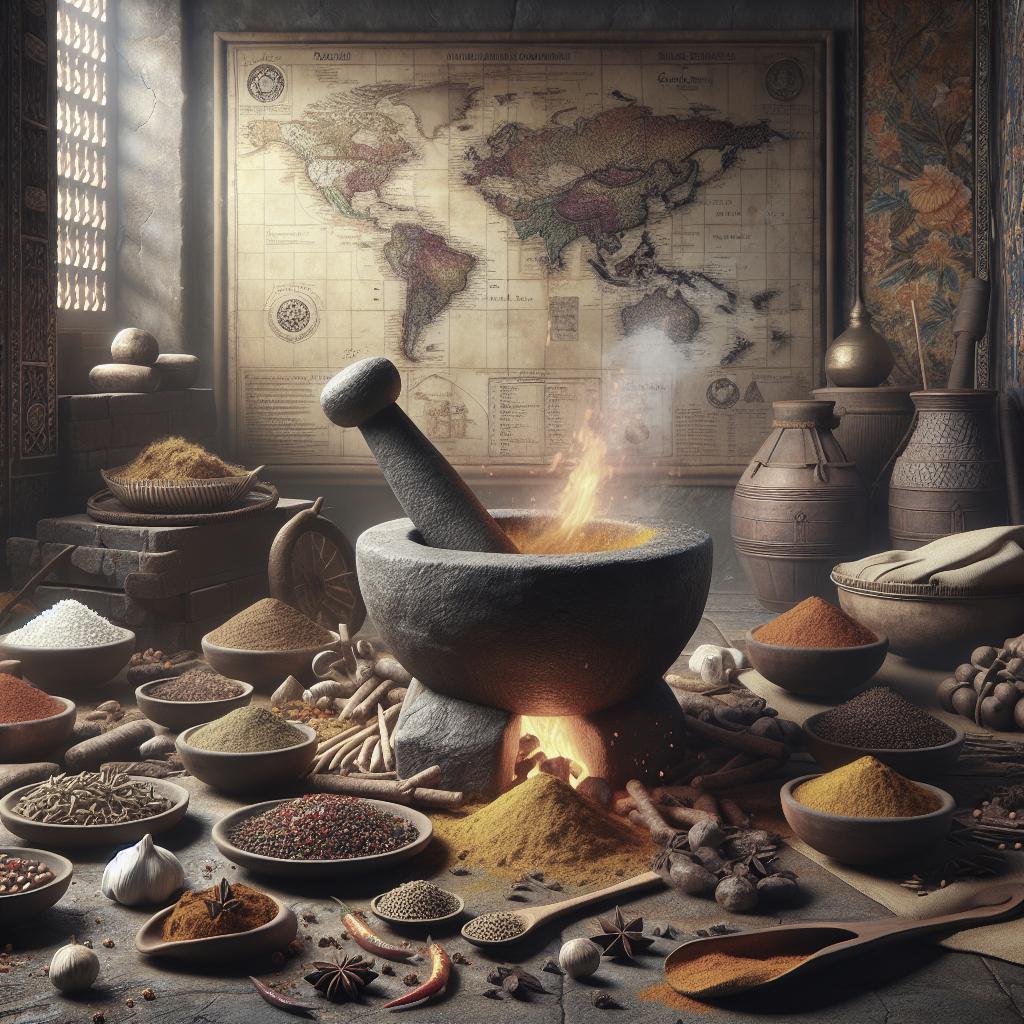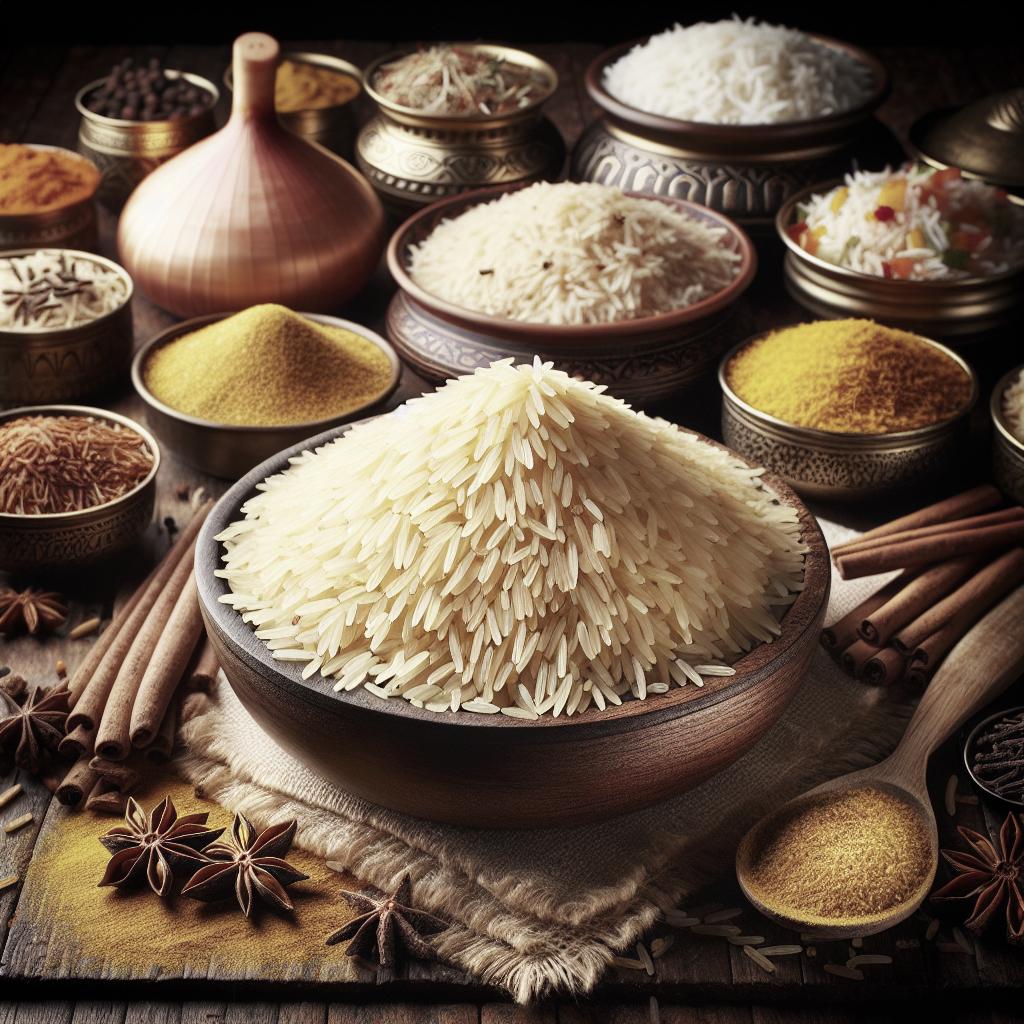Earning recognition from the prestigious Michelin Guide represents the pinnacle of culinary achievement for restaurants worldwide. The coveted stars stand as symbols of exceptional quality that transform establishments and careers overnight. Having witnessed numerous talented chefs pursue this recognition throughout my career, I can attest that the journey toward Michelin stardom demands extraordinary dedication, consistency, and passion for the culinary arts. The path is challenging yet potentially life-changing for those who achieve this remarkable distinction.
Understanding the Michelin star rating system
The Michelin Guide operates on a three-tier star system that has become the global benchmark for restaurant excellence. This classification defines the hierarchy of culinary achievement that chefs worldwide aspire to reach. Each level represents a distinct standard of excellence with specific expectations.
One star designates “a very good restaurant in its category,” recognizing establishments that excel within their culinary style. Two stars indicate “excellent cooking, worth a detour,” acknowledging restaurants that elevate dining to an experience deserving special travel consideration. The rare three-star rating celebrates “exceptional cuisine, worth a special journey,” marking restaurants that represent the absolute pinnacle of global gastronomy.
What began as a promotional tool for the Michelin tire company in early 1900s France has evolved dramatically. Today’s guide evaluates restaurants across 30 territories on three continents, embracing diverse culinary traditions from classic French cuisine to Japanese kaiseki, innovative Indian cooking, and even street food vendors.
The guide has modernized while maintaining its core standards, introducing digital platforms and new recognitions like the Green Star for sustainable practices. Despite these expansions, the fundamental criteria for excellence and the anonymous inspection process remain unchanged, ensuring the guide’s continued relevance and credibility in the culinary world.
The secret selection criteria revealed
Understanding what Michelin inspectors look for provides crucial insight into the difficult journey toward earning stars. According to Werner Loens, Director of the Michelin Guide, inspectors evaluate restaurants based on five fundamental criteria:
- Quality of products and ingredients used
- Chef’s mastery of culinary techniques
- The taste and flavor profiles of each dish
- Personality and distinctive character in the cuisine
- Consistency maintained across multiple visits
The evaluation concentrates primarily on what appears on the plate rather than ambiance or service, though these elements play supporting roles in the overall assessment. The food itself remains the central focus of the Michelin experience.
For one-star recognition, restaurants must demonstrate careful use of seasonal ingredients, depth of flavor in sauces, and thoughtful presentation. Two-star establishments require greater complexity, utilizing multiple ingredients or difficult techniques with dishes that may appear simple but showcase technical mastery. Three-star venues must deliver absolute perfection with every plate, offering cuisine worth traveling specifically to experience.
Throughout my years developing restaurant menus, I’ve observed that creating dishes that meet these criteria requires both technical skill and creative vision—combining precision with passion and personality.
Inside the anonymous inspection process
Perhaps the most distinctive aspect of the Michelin system is its commitment to anonymity during evaluations. Restaurants never know when Michelin inspectors are dining at their establishments, ensuring they assess the genuine experience rather than receiving special treatment.
These inspectors operate under remarkable conditions that emphasize thoroughness and discretion:
- They visit restaurants completely anonymously, using various tactics to conceal their identities
- They typically dine alone across multiple meal periods
- They maintain rigorous schedules, evaluating 220-250 restaurants annually
- They often travel continuously for weeks, immersing themselves in regional cuisine
This methodology underscores the challenging nature of earning recognition—restaurants must deliver excellence consistently, regardless of who walks through their doors. It’s not about impressing a known critic on a particular night but maintaining impeccable standards day after day, month after month.
The anonymous nature of inspections creates an atmosphere where kitchen teams must approach every plate with the same care and attention to detail. As someone who has cooked in high-pressure kitchens, I appreciate how this system rewards genuine, sustained quality rather than occasional brilliance.
The transformative impact of earning stars
Receiving Michelin recognition fundamentally changes a restaurant’s trajectory. The prestigious award brings immediate and substantial benefits that justify the extraordinary effort required to earn it:
| Impact Area | Typical Effect |
|---|---|
| Business Revenue | 30-50% increase in sales |
| Reservations | Fully booked for months ahead |
| Client Base | Shift toward international clientele |
| Staff Retention | Improved ability to attract talent |
| Professional Status | Enhanced industry recognition |
While occasional stories emerge about chefs “returning” stars due to pressure, former inspector Chris Watson confirms that “99.99% of chefs dream about stars” as the ultimate validation of their culinary talents. This recognition becomes a point of pride for the entire staff, elevating their sense of purpose and dedication.
For many restaurants, Michelin recognition represents a turning point that transforms them from local favorites to international destinations. The stars create a virtuous cycle—increased revenue enables further investment in quality ingredients, talented staff, and enhanced guest experiences, which helps maintain the standards required to keep the stars.
Lessons from award-winning chefs
Chefs who have achieved Michelin recognition share common approaches that illuminate the path toward this difficult achievement. Their insights reveal both the mindset and practices necessary for success at this level.
- Relentless pursuit of perfection in every detail of the dining experience
- Obsessive focus on ingredient quality and sourcing relationships
- Systems for ensuring consistency across every service period
- Balance between honoring classic techniques and thoughtful innovation
Successful Michelin-starred kitchens maintain rigorous standards while nurturing creativity that keeps their cuisine relevant and exciting. They develop comprehensive systems for quality control, staff training, and service protocols that ensure each guest receives an exceptional meal.
Having worked alongside chefs pursuing these standards, I’ve witnessed firsthand how this level of dedication transforms both the food and the people creating it. The journey requires tremendous sacrifice—long hours, intense focus, and continuous self-improvement become daily necessities rather than occasional efforts.
Finding your culinary voice
Beyond technical excellence, Michelin-recognized chefs develop distinctive culinary perspectives that set their restaurants apart. They create signature dishes that showcase their unique approach while maintaining flawless execution. This combination of personality and precision makes their cuisine memorable beyond mere technical achievement.
The challenges of maintaining excellence
Earning Michelin recognition represents only half the battle—maintaining stars proves equally challenging. The difficulties of preserving excellence year after year explain why achieving sustained Michelin recognition remains so rare.
Restaurants face numerous obstacles in maintaining their status. The pressure of consistent execution across hundreds of service periods tests even the most disciplined operations. Every dish must meet exacting standards, regardless of staff changes, ingredient availability, or other variables.
The restaurant industry has witnessed notable cases of established venues losing stars during transitions or when standards wavered. Even legendary establishments like Paul Bocuse’s restaurant experienced a downgrade from three to two stars after decades at the top—proving no reputation guarantees permanent recognition.
Economic pressures, changing consumer preferences, and the challenge of balancing tradition with innovation create additional complications. Successful restaurants adapt while maintaining their fundamental commitment to quality, finding ways to evolve without compromising the standards that earned them recognition.
Throughout my culinary career, I’ve observed that the most enduring restaurants combine unwavering quality standards with thoughtful evolution—preserving their essence while remaining relevant to contemporary diners. This delicate balance requires both confidence in foundational techniques and openness to refinement and innovation.
The extraordinary difficulty of earning and maintaining Michelin recognition explains its continuing prestige. For chefs who achieve this milestone, the stars represent not just professional validation but the fulfillment of a passionate commitment to culinary excellence that transforms dining into an art form worthy of special journeys.


